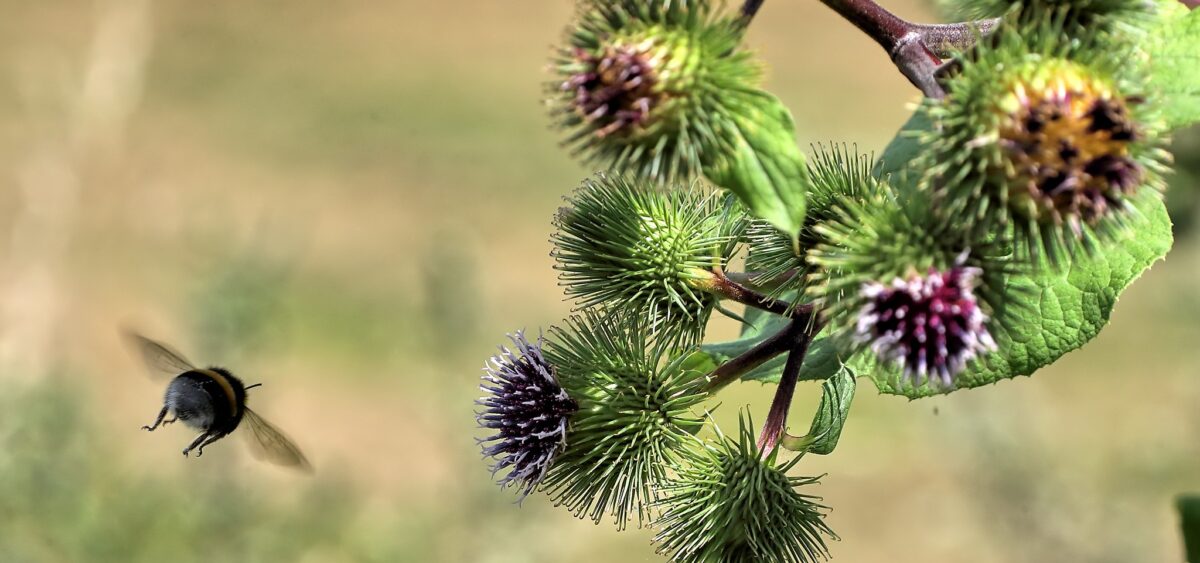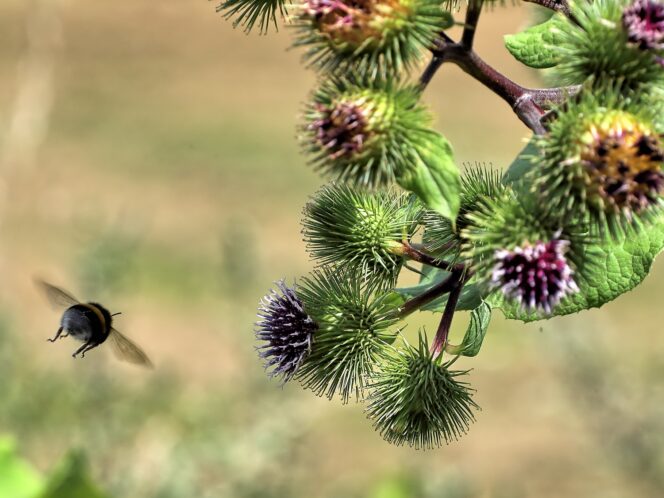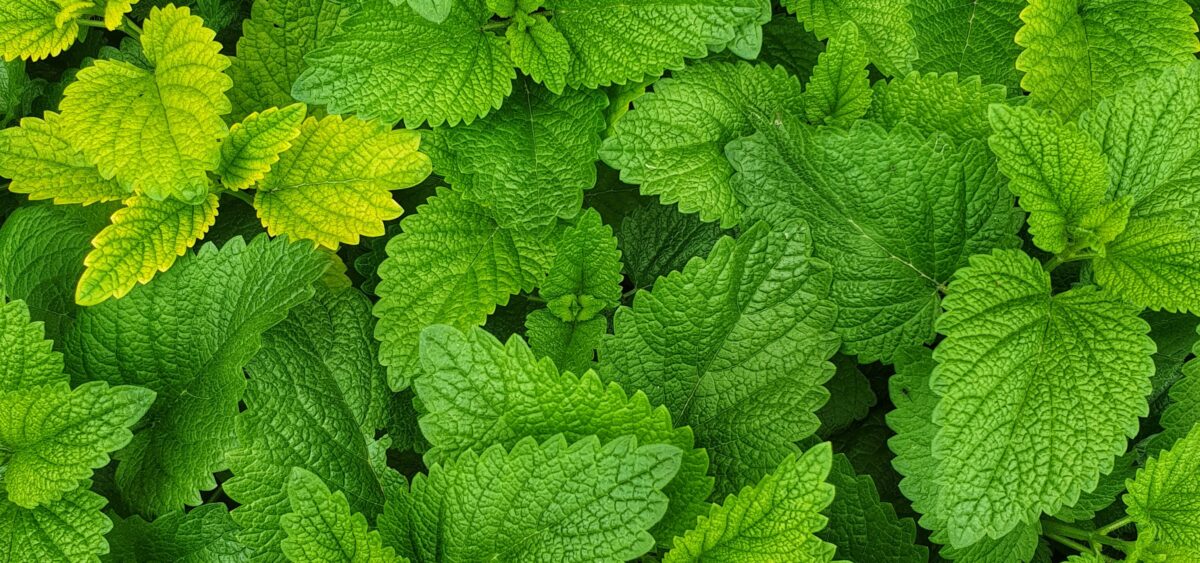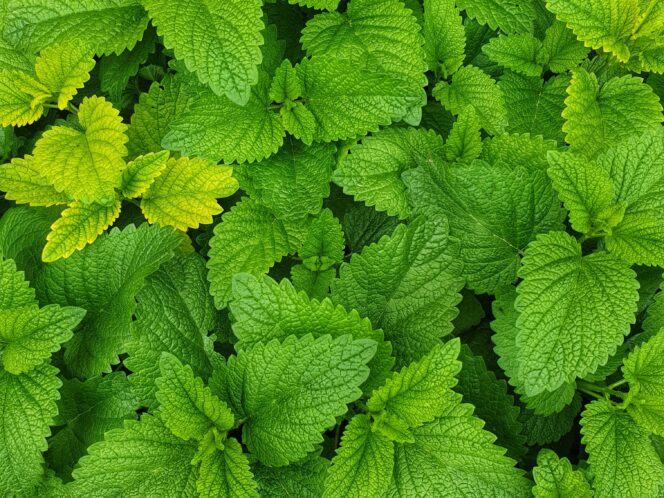
All East Asian cuisines have a few common features. Apart from a universal love for soy sauce, which is always used in smaller or larger quantities, another denominator would be the popularity of edible wild plants, such as bracken crosiers (young shoots), lily flowers, lily bulbs and burdock root. Most Europeans who visit Japan or Korea are surprised by the locals’ reverence towards good old burdock. We consider it ordinary and inconspicuous. There are four different species of burdock in Poland, the most common one being greater burdock, Arctium lappa. The genus has an unfortunate name, since in southern Poland it is also used to describe another plant with large leaves: butterbur (especially the largest kind, pink butterbur, Petasites officinalis). Regular, botanical burdock is a biennial plant with a straight root that can grow up to a metre or two long, while butterbur produces horizontal, branched out rhizomes. Although their leaves are quite similar, those of the butterbur are rounder, while burdock leaves tend to be slightly elongated. The latter also has characteristic fruits, sometimes called beggar’s buttons.
Burdock root is edible. However, just like most biennial vegetables, it should be harvested in the autumn of the first year of growth or in the spring of the second year, before its flower stalk develops. Once the flowers appears, the roots become empty, hard and unsavoury.
Just like topinambur tubers, burdock root contains inulin, a polysaccharide composed of many fructose








